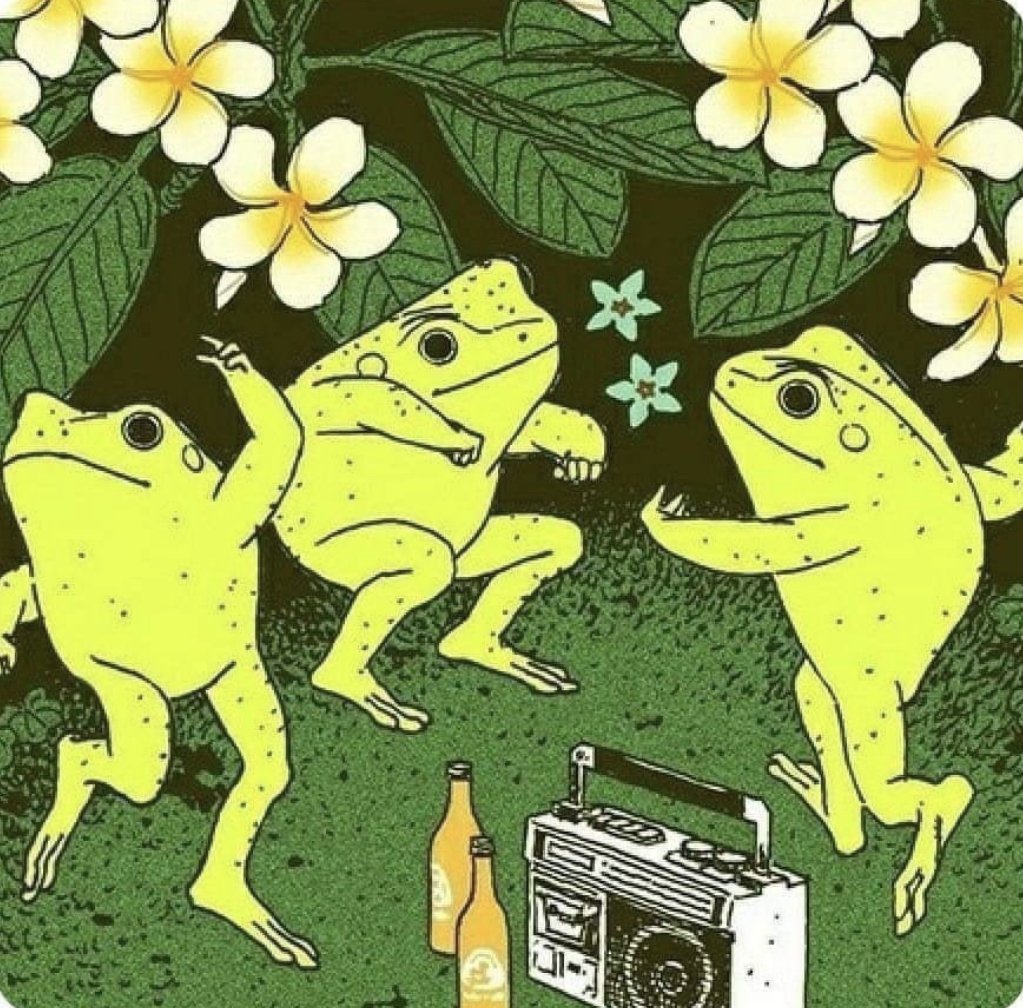- 0 Posts
- 35 Comments

 4·10 months ago
4·10 months agoIt would be cool to be able to just combine the content at the user level. You could have all the gaming communities under a custom gaming label, with a filter that checks for duplicate titles or links (wouldn’t be perfect but decent) and imports in the comments from duplicate threads (with some subheadings or something to distinguish their origin)

 14·10 months ago
14·10 months agoNatural selection like that only occurs if you die before you get a chance to reproduce, a lot of the diseases affecting the obese kill you a bit later than that. And of course it’s not just a genetic thing either.
Kind of, but not really. 0F doesn’t mean anything special in relation to human interaction, it relates to the freezing point of some random salt and water mixture (not seawater). 32 is a random number for the freezing point of freshwater which humans do care about, and 212 is nonsense for boiling temp of water which humans also care about and routinely use. The only part pertinent is that 100 is close to, but higher than human body temperature, but not quite where it counts as a fever… just the temperature of a sub-feverish human… how is that helpful! Sorry I really don’t care for the Fahrenheit system and I’m prepared to die on this hill

 8·11 months ago
8·11 months agoSame, once it falls out of favour I will hopefully get back into those fresh memes, but I just won’t use/be that particular product

 5·1 year ago
5·1 year agoWhat you’re looking for is a 2 channel temperature data logger, but it might be cheaper to just buy 2 single channel ones (a really brief search shows some for like $30)
Lol 😂 you nailed it
This meme format needs to die, sexist bs

 4·1 year ago
4·1 year agoIt depends on the species. It’s one thing to neuter a giraffe but if you have a flock of peacocks or a colony of 40 bats you are probably not going to do surgery on all of them, it’s also very hard on some of the smaller animals. Making an effort to keep only females or males would be an option for some species but not all, as they won’t always show their full range of behaviour.
The article does point out a lot of it is small rodents, but also things like tadpoles or fish. It can be extremely difficult to control their breeding (or even identify their sex without cutting them open) yet detrimental to their welfare to allow them to be overstocked. The real solution here is probably not invasive birth control techniques (even restraining an animal to pill them can be very taxing), it is more effort to share surplus animals with other zoos, wildlife refuges, wild release etc with particular attention to those that are prone to being culled. But again, transport is a huge stressor for animals, so you have to consider that the potential benefit to them should be more than the risk of worse welfare.
I don’t have enough information to have an opinion and I do agree with you that knee jerk reactions are not ideal. But choosing to allow it (at a time when AI generated media is starting to be regulated) is also a decision.
If it is in fact helping them, yes. It would be ideal to do a study of how it affects their self control before going that direction though I think, as some argue it would do the opposite.

 1·1 year ago
1·1 year agoDoes weed help you at all?

 8·1 year ago
8·1 year agoWhat meds? I tried zopiclone and found the hangover significantly worse than just dealing with the sleep deprivation

 6·1 year ago
6·1 year agoThey suffered more. Now they don’t have to.
I do this to keep stories or conversations moving as well, but I more often do so to avoid talking about something I don’t feel like sharing with them, because I know it’s going to draw more questions and I just don’t care to give that information or have that conversation.

 2·1 year ago
2·1 year agoThe reason to care about that is to improve your chances of solving the problem. If it turns out they are doing that unintentionally, talking to them may fix or reduce your problem, pretty straightforward.

 3·1 year ago
3·1 year agoMaybe they don’t realize how far they’re wandering, it’s just worth a shot is all. It’s not the only option available anyway, people absolutely can get fines handed out as well. I have more aggressive location ideas where the cat poop can be placed as well…

 207·1 year ago
207·1 year agoThat’s a horrible thing to do to someone’s pet


Atoms in a stable state are very strong and it would take incredible amounts of energy to pull them apart